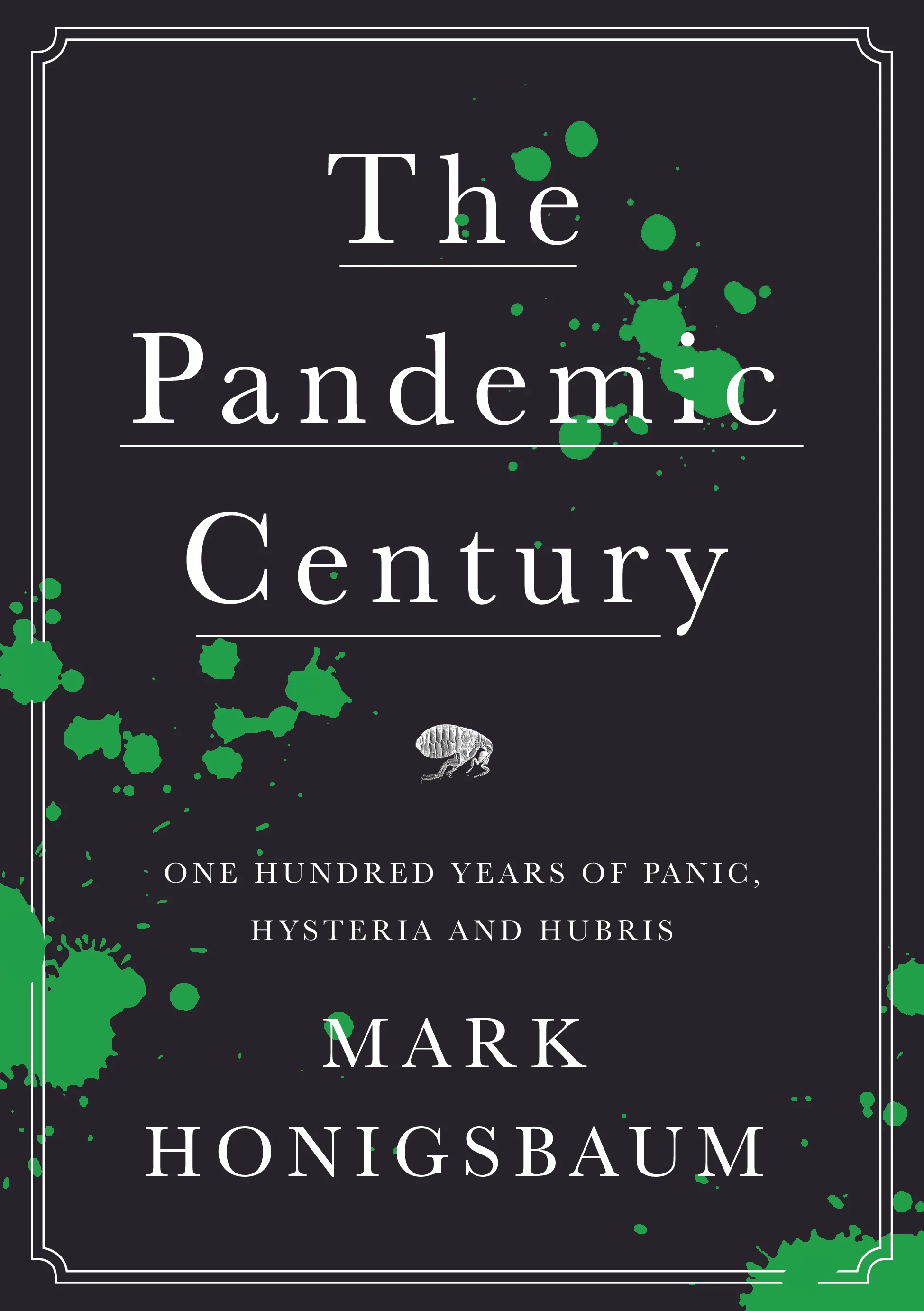- MARC BLOCH
THE PANDEMC CENTURY:
One Hundred Years Of Panic, Hysteria And Hubris
New York: Norton; London: Hurst, 2019
Ever since the 1918 Spanish influenza pandemic, scientists have dreamed of preventing catastrophic outbreaks of infectious disease. Yet, despite a century of medical progress, viral and bacterial disasters continue to take us by surprise, inciting panic and dominating news cycles.
A History of the Great Influenza Pandemics:
Death, Panic and Hysteria, 1830-1920
I B Tauris 2014
Influenza was the great killer of the nineteenth and twentieth centuries. The so-called 'Russian influenza' epidemic killed about 1 million people across Europe in 1889-93 – including the second-in-line to the British throne, the Duke of Clarence. The Spanish flu of 1918, meanwhile, would kill 50 million people – nearly three percent of the world's population.
Living with Enza:
The Forgotten Story of Britain and the Great Flu Pandemic of 1918
Palgrave Macmillan, 2009. Nominated for Royal Society Science Book of the Year.
Between the summer of 1918 and the spring of 1919 a deadly strain of influenza claimed the lives of 228,000 Britons. Worldwide the death toll from 'Spanish' influenza was simply unimaginable with between 50 million and 100m dead.
The victims turned blue, then black, drowning in the fluids flooding their lungs.
‘Never since the Black Death has such a plague swept over the face of the world,' commented the Times, 'and never, perhaps, has a plague been more stoically accepted.’
THE FEVER TRAIL:
In Search of the Cure for Malaria
London: Macmillan; New York: Farrar Straus & Giroux, 2001
Malaria is a deadly parasitical infection with a vicious ability to mutate. In the last ten years alone, malaria has killed an estimated 30 million people, the majority of them young children and women living in sub-Saharan Africa. Until the middle of the seventeenth century, little was understood about the nature of the disease, or how to treat it. But then a legend began to circulate about a beautiful Spanish countess, the Condesa de Chinchon, who was cured of malaria during her stay in Peru by drinking an infusion made from the bark of a miraculous tree.
VALVERDE’S GOLD: In Search of the Last Great Inca Treasure
New York: Farrar Strauss and Giroux, 2004
In 1887, two British sailors landed on the coast of Ecuador and set off across the Andes on a secret mission. Their task? To locate an immense hoard of Inca gold which had been lost for hundreds of years in a remote and inaccessible mountain range above the Amazon. A botanist who had recently returned from Ecuador had provided them with documents proving it still existed and gave them the route to find it. And find it they did - but both perished before they could make their way back to the cave a second time.





